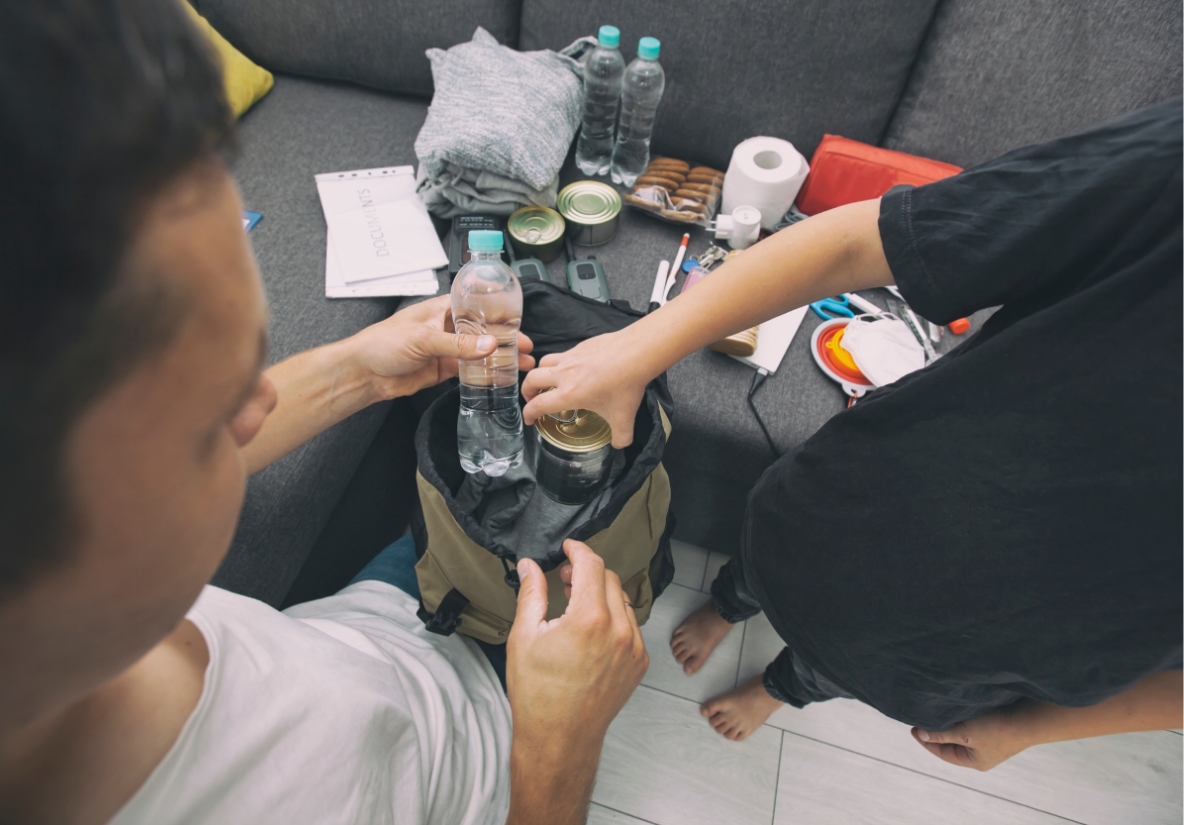Current Burning Permissions
Open burning—or burning outdoors—is allowed when the wildfire risk is low and can be a useful tool when conducted responsibly. Open burning includes Category 1 campfire, Category 2, and Category 3 open fire.
Experience shows that in a disaster, 80% of your help comes from your neighbours and that neighbourhoods naturally come together in times of crisis. The Neighbourhood Emergency Preparedness program provides neighbourhood communities with information, training, and skills to be self-supporting for a minimum of 7 days following a disaster.
Emergency Management Cowichan has tools and support available to groups who ready to build a NEP Team including a step-by-step guide (coming soon), a presentation, a map of your neighborhood and other free materials to support your neighbourhood’s preparedness journey.


